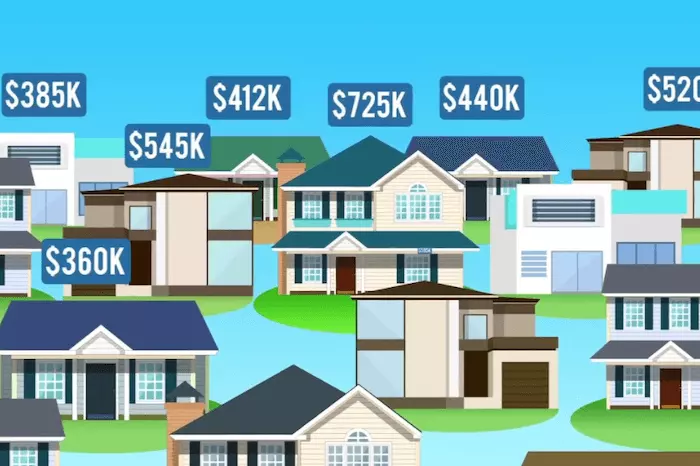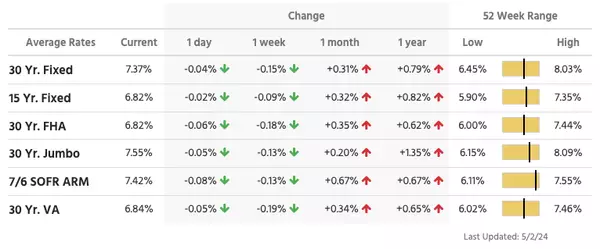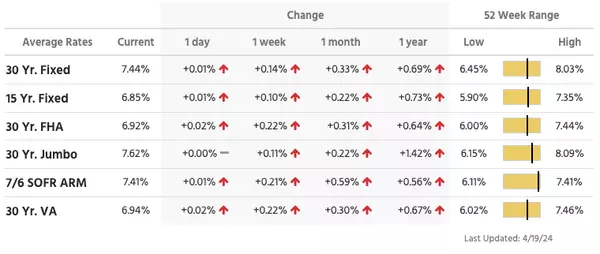The History of American Mortgages

One of the factors underlining the American Dream consists of purchasing & officially owning a house. As only a small percentage of the middle-class population can outwardly afford to purchase a home without applying for a mortgage the mortgage market has evolved & changing the real estate industry as a whole.
America's First Loan
It started back in the 1920s when at that time lending options were limited & almost nonexistent. The first loans made available to the public only allowed a 5-year term & required a 50% down payment which included a balloon payment – a larger one-time payment owing the remainder that is due, if the loan was not paid back by the maturity or due date.
The Implementation of the Mortgage
The concept of home mortgages was foreign to the majority of Americans before the 1930s as at that time approximately 40% of families owned their homes & those who weren't able to or didn't have the funds to buy a house were outright out of luck. It was during the Great Depression when insurance companies, not financial institutions, implemented the idea (of a mortgage) as a way to allow loans to people who needed money due to the difficulties of that time. This was offered to be predatory in nature as if a borrower failed to keep up with their payments, which many did, the insurance companies would gain ownership of their property.
With many not being able to pay back the loans during such a difficult time, as part of the New Deal of 1933, President Franklin D. Roosevelt took charge of the real estate market due to the foreclosures of hundreds of thousands of homes at that time. It started with the buying of 1 million defaulted mortgages and changing them to fixed-rate, long-term loans where borrowers had the option of paying back a 15-year mortgage & eventually a 30-year mortgage option was offered. The combination of this & extended loan terms helped & encouraged more Americans to pursue their homeownership goals & FDIC-insured deposits made funding these “modern” mortgages easier for banks as well.
The Housing Boom
The U.S. homeownership rate skyrocketed from 44% to 62% between 1940-1960. Americans were not only financially capable of buying a home, but the industry had the support of the newly formed Federal Housing Administration (FHA) & Veterans Administration (VA). New legislation in the 1960s & 1970s ensured that all borrowers regardless of race, class, etc. could purchase a home in desirable locations.
I hope this helped in better understanding mortgages & their history to give you some insight into where loans started to what they are today. If you are thinking about purchasing a home & will be using financing, learn from history & be sure to do your research, ask plenty of questions & due diligence to fully understand your loan & the business of loans.
Choosing a mortgage is more than just an interest rate, it’s also about getting a loan that aligns with your present & future goals & needs.
Categories
Recent Posts

Weekly Real Estate Monitor for April 29 - May 3

Weekly Real Estate Monitor for April 22-26

Weekly Real Estate Monitor for April 15-19

Weekly Real Estate Monitor for April 8-12

Weekly Real Estate Monitor for April 1-5

Weekly Real Estate Monitor for Mar. 25-29

Weekly Real Estate Monitor for Mar. 18-22

The anticipated outcomes of the 2024 NAR Commission Settlement

Weekly Real Estate Monitor for Mar. 11-15

Weekly Real Estate Monitor for Mar. 4-8
GET MORE INFORMATION

